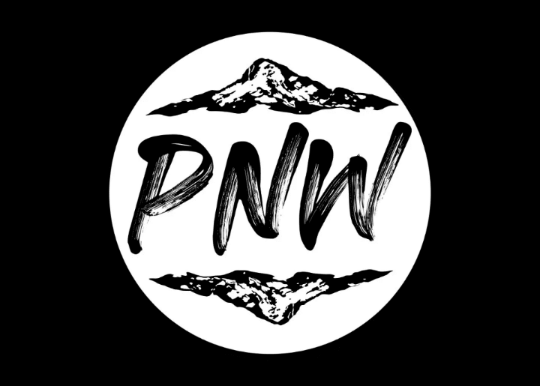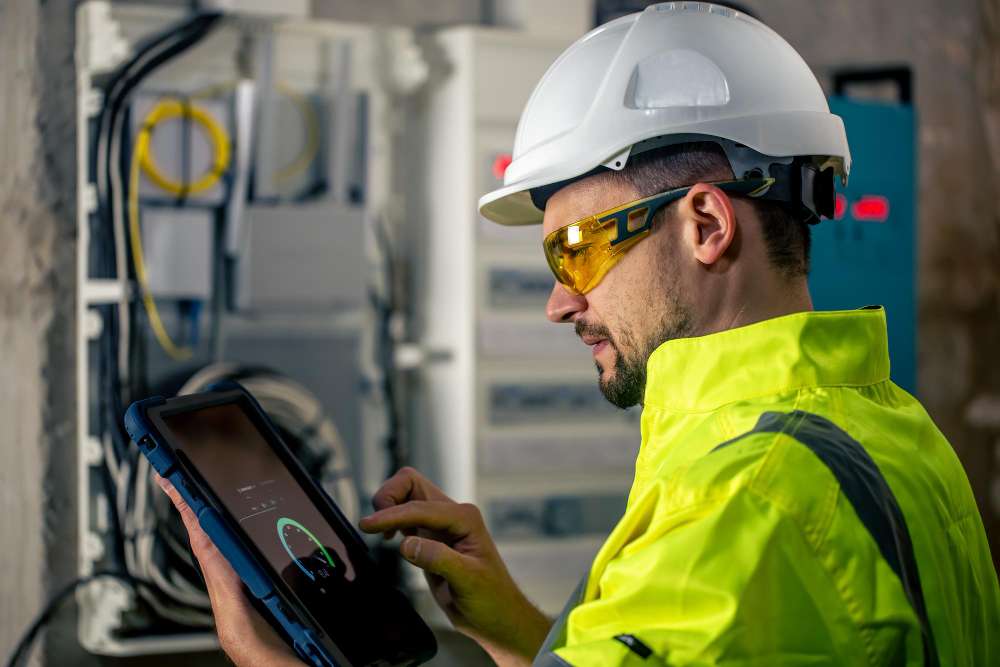In the dynamic landscape for 2024, the construction industry is at the cusp of a technological revolution that promises to redefine the fabric of construction sites across the United States. With innovations that seemed like distant dreams a decade ago now becoming reality, construction professionals are witnessing the dawn of an era where efficiency, safety, and sustainability are not just goals but standards. This transformation is reshaping how projects are executed and emphasizing the importance of staying ahead in risk management and insurance considerations for construction firms.
The Pioneers of Change
1. Autonomous Construction Vehicles
Gone are the days when human-operated machines were the only option for heavy lifting and earthmoving. Autonomous construction vehicles with GPS, IoT sensors, and advanced AI algorithms have rolled onto the scene. These self-driving bulldozers, excavators, and loaders can work around the clock, reducing human error and enhancing safety. Their precision and reliability make construction processes faster and more cost-effective, highlighting the need for insurance providers to reconsider coverage plans that account for these technological advancements.
2. Wearable Technology for Worker Safety
Worker safety has leaped forward with the adoption of wearable technology. Smart helmets equipped with augmented reality (AR) provide real-time data overlay of construction plans and safety information. At the same time, wearable sensors monitor vital signs and environmental conditions to prevent accidents and health issues. These devices improve safety records and necessitate integrating health monitoring into insurance policies, ensuring workers are adequately protected against onsite risks.
3. 3D Printing in Construction
3D printing technology has moved beyond small prototypes to building entire buildings. This method offers unparalleled speed and flexibility, allowing complex designs to be executed with reduced material waste and labor costs. However, the innovative nature of 3D printing also introduces new challenges in quality assurance and durability, urging insurance companies to create tailored policies that address these unique risks.
4. Drones for Surveying and Inspection
Drones have become invaluable tools for aerial surveying and inspection, providing high-resolution images and data previously unattainable or requiring costly manned aircraft. They can quickly assess hard-to-reach areas, monitor progress, and identify potential issues before they become expensive problems. This capability enhances project management and impacts insurance assessments, as drones offer a more accurate understanding of a site's risk profile.
Customized Insurance Solutions
Insurance providers are responding with customized solutions that address these new technologies' specific needs and challenges. For example, policies tailored to autonomous construction vehicles must consider the software and hardware components, including cybersecurity threats. Similarly, insurance for projects utilizing 3D printing technology must account for intellectual property rights and the structural integrity of printed materials.
Proactive Risk Management
The adoption of these technologies also offers an opportunity for construction firms to engage in more proactive risk management practices. By leveraging data from IoT devices, drones, and BIM, firms can identify potential risks early and take corrective actions, potentially reducing their insurance premiums. This proactive approach benefits not only the construction firms but also the insurance providers by minimizing claims.
The Call to Action
As we navigate through 2024, the message is clear: the construction industry is evolving, and so must the insurance and risk management approach. Construction professionals must view these technological advancements in collaboration and understand their interconnectivity and the broader implications on project execution, safety, and sustainability.
Engaging in open dialogues with insurance providers, staying abreast of the latest technological trends, and adopting a continuous improvement mindset are essential for construction firms. By doing so, they can ensure that their projects comply with the latest standards and protect against the unique risks these game-changing tools pose.
The tech revolution sweeping across construction sites is a call to action for all stakeholders to reassess and realign their strategies toward a safer, more efficient, and sustainable future. As we embrace these changes, let's also ensure that our risk management practices and insurance policies are robust enough to support this ever- evolving landscape.

